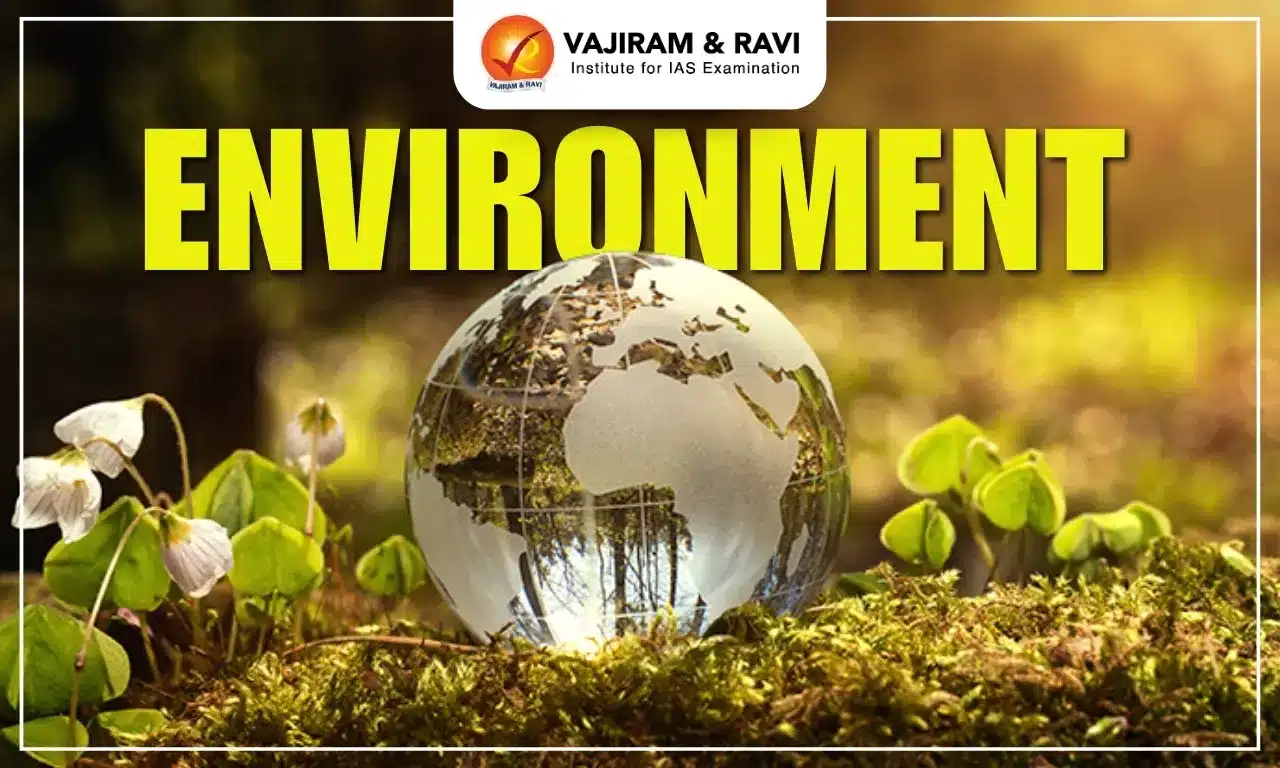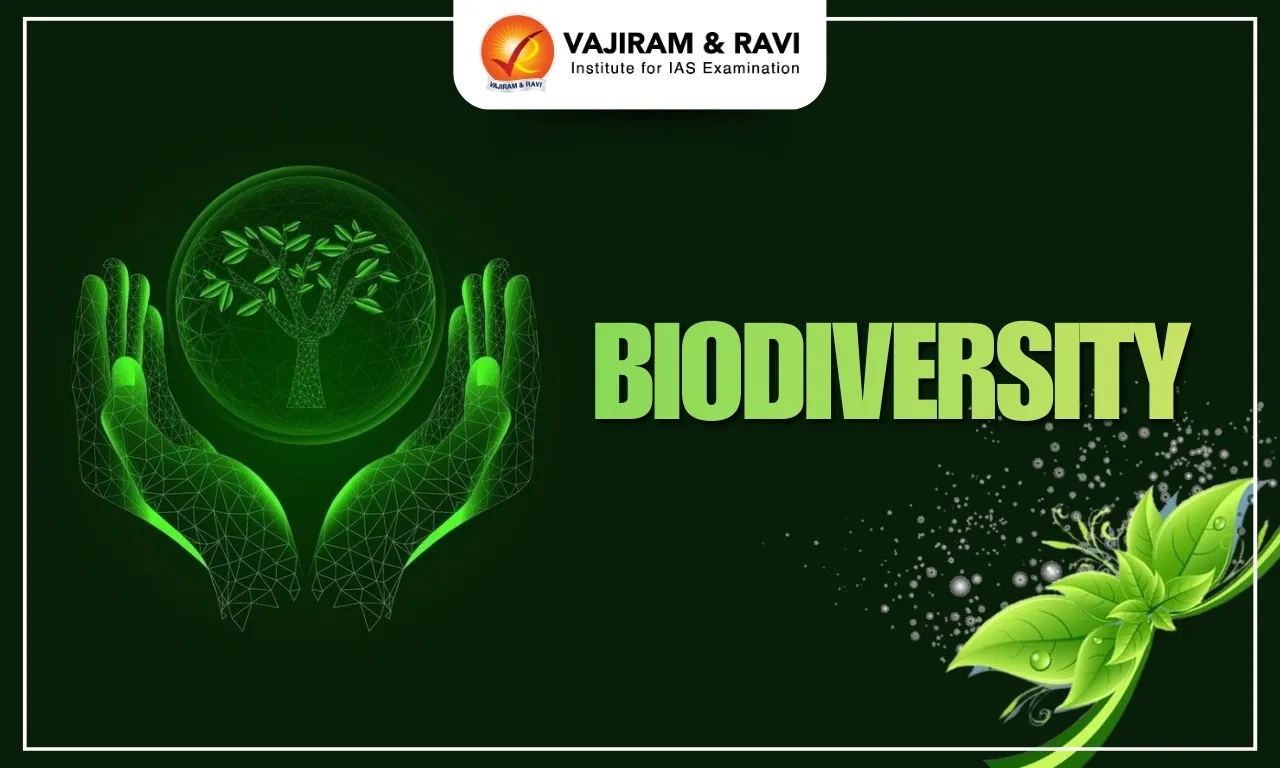Resource mobilisation is the process of acquiring and managing resources, including financial, human, and natural, to achieve specific goals and ensure sustainability. It involves acquiring new resources, maximising the use of existing ones, and strategic planning for long-term growth. Key sources of resource mobilisation include taxation, public and private savings, foreign direct investment (FDI), and disinvestment.
In India, challenges include slow disinvestment, identifying new revenue sources, and dependence on government spending. Government initiatives like DBT, NIP, NMP, PPP, and PMJDY aim to improve financial management and promote sustainable growth.
Resource Mobilisation Meaning
Resource mobilisation is the process of acquiring and managing resources from various sources to achieve specific goals. This entails not only acquiring new resources but also maximising the use of existing ones. The concept is crucial for ensuring the sustainability and growth of organisations and economies. Resource mobilisation can be understood through several key aspects as follows:
- Acquisition of Resources: This includes obtaining financial, human, natural, technological, and informational resources from a variety of sources.
- Efficient Utilisation: Ensuring that acquired resources are used in the most effective and efficient way possible to maximise their impact.
- Sustainability: Creating strategies to sustain and grow the resource base over time, ensuring long-term viability.
- Strategic planning: It involves developing detailed plans to identify resource requirements, potential sources, and methods of acquisition and utilisation.
Resources Types
Resources mobilised for economic and social development fall into several categories, such as natural resources (renewable and non-renewable resources), human-made resources, and human resources, each playing a vital role in the economic structure:
- Natural Resources: Natural resources are elements extracted from nature, such as air, water, soil, and minerals, used in their natural state or with minimal processing. They are classified into renewable and non-renewable:
- Renewable Resources, like solar and wind energy, replenish quickly and are often unlimited, but misuse of resources like water, soil, and forests can reduce their availability. Though water appears abundant, many regions face shortages.
- Non-renewable Resources, such as coal, petroleum, and natural gas, have limited stocks and take thousands of years to regenerate, making them effectively non-renewable within human lifetimes.
- Human-Made Resources: Natural materials become resources after transformation. For example, iron ore became a resource once humans learned to extract and use iron. By utilising resources, people create human-made resources like buildings, roads, machinery, and technology.
- Human Resources: Humans maximise natural resources through knowledge, skills, and technology. Education and healthcare enhance abilities, making people valuable resources. This process is known as human resource development.
Resource Mobilisation Need
Resource mobilisation is essential for ensuring that economies, whether welfare states or police states, meet the needs of their citizens. It involves diversifying financial and non-financial resources, promoting sustainability, and leveraging domestic capital for development.
- Diversifying and Expanding Resources: It ensures access to a wider range of financial and non-financial resources, reducing reliance on limited sources.
- Formulating Independent Budgets: It allows organisations and governments to create self-sustaining budgets, free from external influences.
- Ensuring Sustainability: Resource mobilisation contributes to the long-term viability of programs and organisations by promoting ongoing financial stability.
- Utilising Domestic Capital and Skills: It encourages the use of local resources and human capital, thereby promoting national development and growth.
- Fulfilling Community Responsibilities: Effective resource mobilisation ensures that organisations fulfill their community obligations, thereby contributing to social welfare and development.
Resource Mobilisation Sources
Resource mobilisation relies on multiple sources to fund its developmental projects and sustain economic growth. These sources include both internal and external avenues that contribute to the country's financial strength.
- Taxation: By implementing sound fiscal policies, the government mobilises resources through both direct and indirect taxes, making taxation the foundation of resource collection in India.
- Public Savings: Public savings facilitate resource accrual by reducing government expenditure and increasing public-sector surpluses.
- Private Savings: The government mobilises resources from private savings and households through tax incentives and borrowings, including treasury bills and bonds, promoting economic growth.
- Foreign Direct Investment (FDI): FDI brings foreign capital to sectors like manufacturing and IT. Liberalisation attracts investors, boosts resources, and enhances employment and economic development.
- Disinvestment and Privatisation: The government raises funds by selling stakes in PSUs, generating revenue, improving efficiency, attracting private investment, and fostering competition.
Resource Mobilisation in India Challenges
Resource mobilisation in India is crucial for meeting the government's infrastructure and development goals. However, challenges like identifying new revenue sources, slow disinvestment, and tax reforms pose significant hurdles to achieving sustainable growth.
- Identifying New Revenue Sources: The government faces the ongoing challenge of finding additional financial resources to meet its ambitious infrastructure and growth targets. Traditional revenue streams are limited, necessitating the exploration of alternative avenues such as non-tax revenues and asset monetisation.
- Non-Tax Revenue Generation: While the government has seen an increase in non-tax revenues, largely through initiatives like the National Monetisation Pipeline (NMP), generating ₹6 lakh crore over FY2022- 25 remains a challenge.
- Dependence on Government Spending: With around 15% of India's GDP linked to government expenditure, both the Centre and states must find ways to bridge revenue shortfalls to maintain public spending, especially post-pandemic.
- Disinvestment Struggles: The government's disinvestment program has been slow. Despite setting a target of ₹1.75 lakh crore for FY22, only a fraction of the intended public sector units (PSUs) have been disinvested, hampering efforts to raise substantial revenue.
- Monetising Unused Assets: The government has identified under-utilised assets in sectors like aviation, power, and transportation worth ₹90,000 crore, but effectively monetising these remains a challenge.
- Taxation of Big Tech: India's taxation of digital companies, including the Equalisation Levy, faces challenges with global tax reforms under the OECD's Pillar One proposals.
Resource Mobilisation Government Initiatives
Resource Mobilisation in India involves key government initiatives aimed at improving financial management and increasing revenue generation. These initiatives include Direct Benefit Transfer (DBT), National Infrastructure Pipeline (NIP), National Monetisation Pipeline (NMP), Public-Private Partnerships (PPP), and Pradhan Mantri Jan Dhan Yojana (PMJDY).
- Direct Benefit Transfer (DBT): This initiative aims to streamline subsidy payments by transferring them directly to beneficiaries' bank accounts, reducing leakage and ensuring that subsidies reach the intended recipients efficiently.
- National Infrastructure Pipeline (NIP): Launched in 2019, the NIP outlines a roadmap for infrastructure projects worth ₹111 lakh crore, aiming to attract private investment and enhance public infrastructure across sectors like transport, energy, and urban development.
- National Monetisation Pipeline (NMP): This initiative focuses on monetising public sector assets to generate revenue. It aims to unlock the value of government assets in sectors such as roads, railways, and power over four years.
- Public-Private Partnerships (PPP): The government encourages PPP models for infrastructure development, allowing private entities to invest in public projects while sharing risks and rewards, thus mobilising additional financial resources.
- Pradhan Mantri Jan Dhan Yojana (PMJDY): This financial inclusion initiative aims to provide every household with a bank account, facilitating access to banking services and enabling direct transfers of subsidies and benefits.
Role of Fiscal Policy in Resource Mobilisation
Fiscal policy plays a crucial role in resource mobilisation by using taxation, public spending, and borrowing to generate revenue, support development priorities, and ensure the efficient allocation of financial resources.
- Taxation as a Revenue Tool: Governments utilise various taxes—direct and indirect—to collect revenue, which funds public services and infrastructure projects, thereby stimulating economic growth.
- Public Borrowing for Investment: Issuing government bonds and securities allows for the accumulation of funds necessary for large-scale investments, such as in infrastructure, without immediate tax hikes.
- Encouraging Private Savings and Investments: Fiscal incentives like tax deductions and subsidies can motivate individuals and businesses to save and invest, expanding the capital available for economic activities.
- Equitable Resource Distribution: Through progressive taxation and targeted public spending, fiscal policy can address income disparities and ensure resources are allocated to underprivileged sectors.
- Economic Stabilisation: Adjusting tax rates and public spending helps manage economic fluctuations, control inflation, and maintain employment levels, contributing to a stable economic environment.
- Fiscal Transparency and Accountability: Implementing clear fiscal policies and reporting mechanisms builds public trust and ensures that resources are utilised efficiently and effectively.
Resource Mobilisation Way Forward
Effective resource mobilisation in India requires strengthening taxation systems, promoting public-private partnerships (PPP), leveraging multilateral development banks, optimising asset monetisation, and encouraging domestic savings to support sustainable economic growth and development initiatives.
- Strengthening Taxation Systems: Broaden the tax base by improving tax compliance, reducing evasion, and introducing progressive taxation policies to increase government revenue.
- Promoting Public-Private Partnerships (PPP): Encourage collaboration between the government and private sectors to attract investment in infrastructure, social services, and other key sectors through innovative funding models.
- Leveraging Multilateral Development Banks: Collaborate with multilateral and regional development banks to secure long-term financing for sustainable development projects, which foster Sustainable Development Goals, enabling large-scale investments in key areas like infrastructure and social welfare.
- Optimising Asset Monetisation: Use underutilised public assets, such as land and public sector enterprises, to raise funds through structured asset monetisation programs for infrastructure and development projects.
- Encouraging Domestic Savings: Promote savings through financial literacy programs, incentivising savings in formal channels like banks, mutual funds, and pension schemes to mobilise domestic capital.
Resource Mobilisation Way Forward
The way forward for resource mobilisation involves enhancing domestic revenue generation, attracting sustainable investments, and strengthening public-private partnerships to ensure adequate funding for development goals while maintaining fiscal responsibility and equity.
- Diversify Funding Sources: Relying on multiple funding avenues—such as grants, donations, and investments—reduces dependency on a single source and enhances financial stability.
- Forge Strategic Partnerships: Collaborating with governments, private sectors, and NGOs can pool resources, share expertise, and open new funding opportunities.
- Leverage Technology: Utilising digital tools like online fundraising platforms and data analytics can streamline resource mobilisation and improve outreach.
- Engage Stakeholders: Building strong relationships with stakeholders through transparent communication fosters trust and encourages continued support.
- Invest in Human Capital: Training and retaining skilled personnel ensure effective implementation of resource mobilisation strategies and organisational growth.
- Implement Robust Monitoring Systems: Regularly assessing resource utilisation and outcomes helps in making informed decisions and demonstrating accountability to donors.
Last updated on November, 2025
→ Check out the latest UPSC Syllabus 2026 here.
→ Join Vajiram & Ravi’s Interview Guidance Programme for expert help to crack your final UPSC stage.
→ UPSC Mains Result 2025 is now out.
→ UPSC Notification 2026 is scheduled to be released on January 14, 2026.
→ UPSC Calendar 2026 is released on 15th May, 2025.
→ The UPSC Vacancy 2025 were released 1129, out of which 979 were for UPSC CSE and remaining 150 are for UPSC IFoS.
→ UPSC Prelims 2026 will be conducted on 24th May, 2026 & UPSC Mains 2026 will be conducted on 21st August 2026.
→ The UPSC Selection Process is of 3 stages-Prelims, Mains and Interview.
→ UPSC Result 2024 is released with latest UPSC Marksheet 2024. Check Now!
→ UPSC Prelims Result 2025 is out now for the CSE held on 25 May 2025.
→ UPSC Toppers List 2024 is released now. Shakti Dubey is UPSC AIR 1 2024 Topper.
→ UPSC Prelims Question Paper 2025 and Unofficial Prelims Answer Key 2025 are available now.
→ UPSC Mains Question Paper 2025 is out for Essay, GS 1, 2, 3 & GS 4.
→ UPSC Mains Indian Language Question Paper 2025 is now out.
→ UPSC Mains Optional Question Paper 2025 is now out.
→ Also check Best IAS Coaching in Delhi
Resource Mobilisation FAQs
Q1. What is meant by resource mobilisation?+
Q2. What are examples of resource mobilization?+
Q3. What is meant by mobility of resources?+
Q4. What are the six steps in the resource mobilization cycle?+
Q5. What is the main purpose of mobilization?+

















